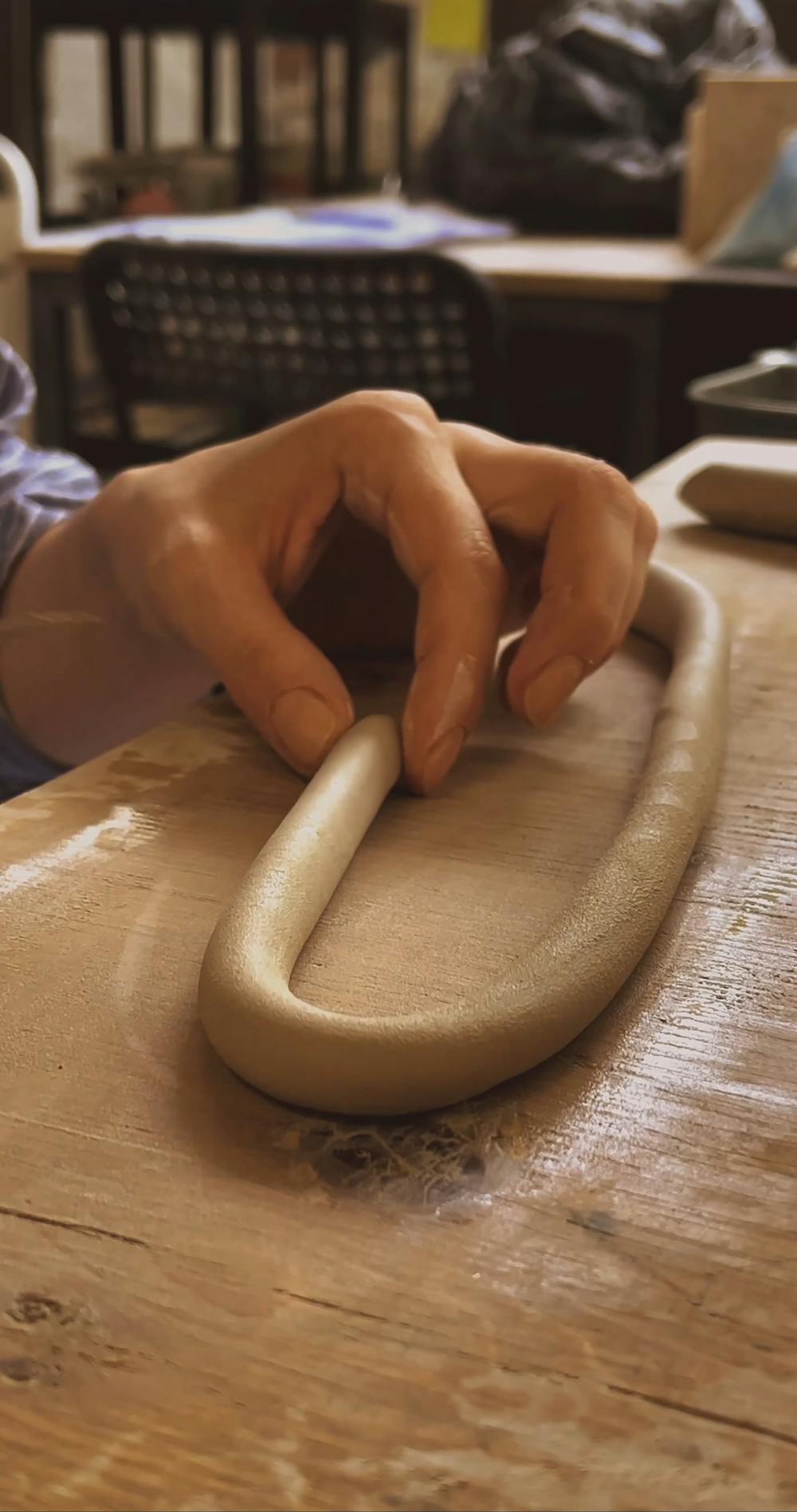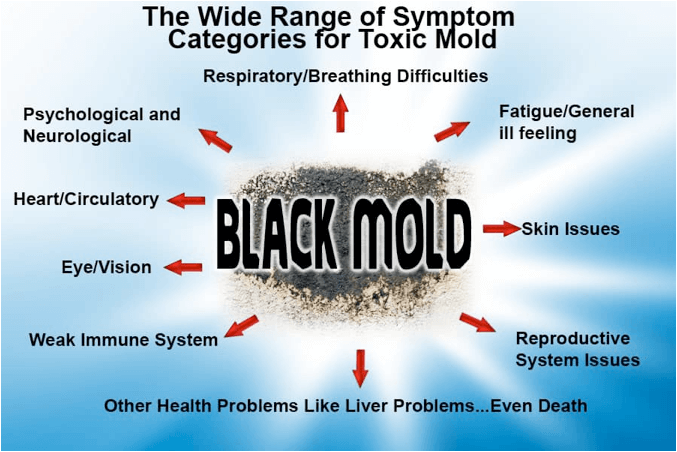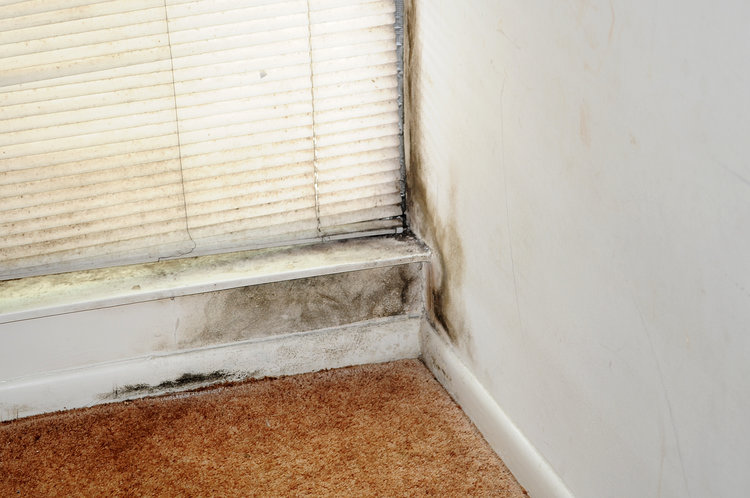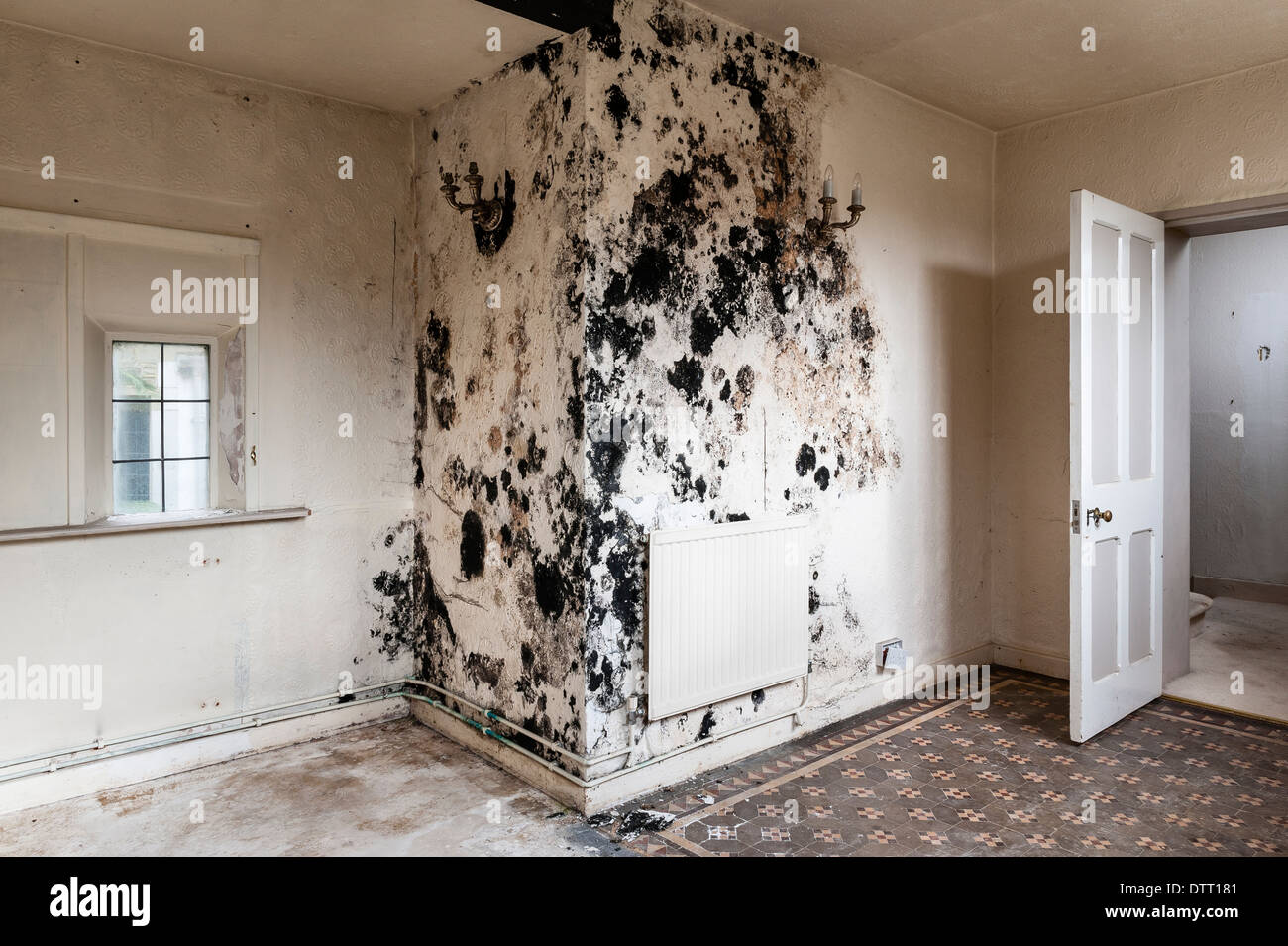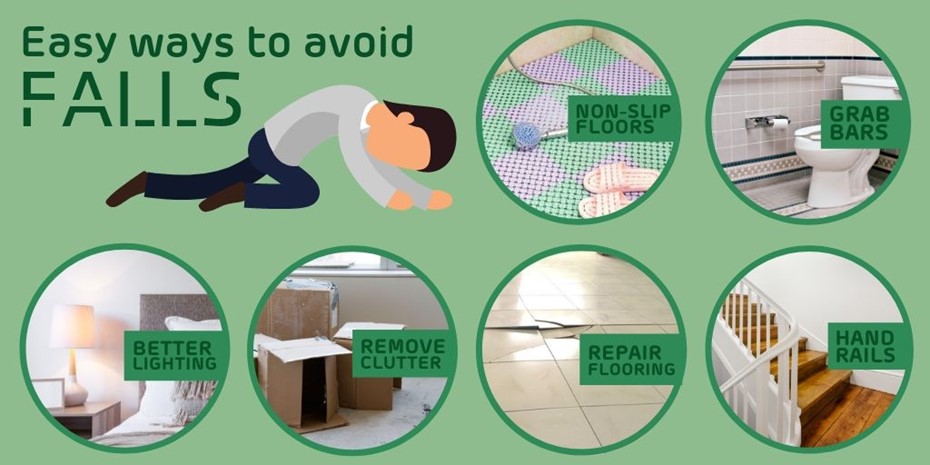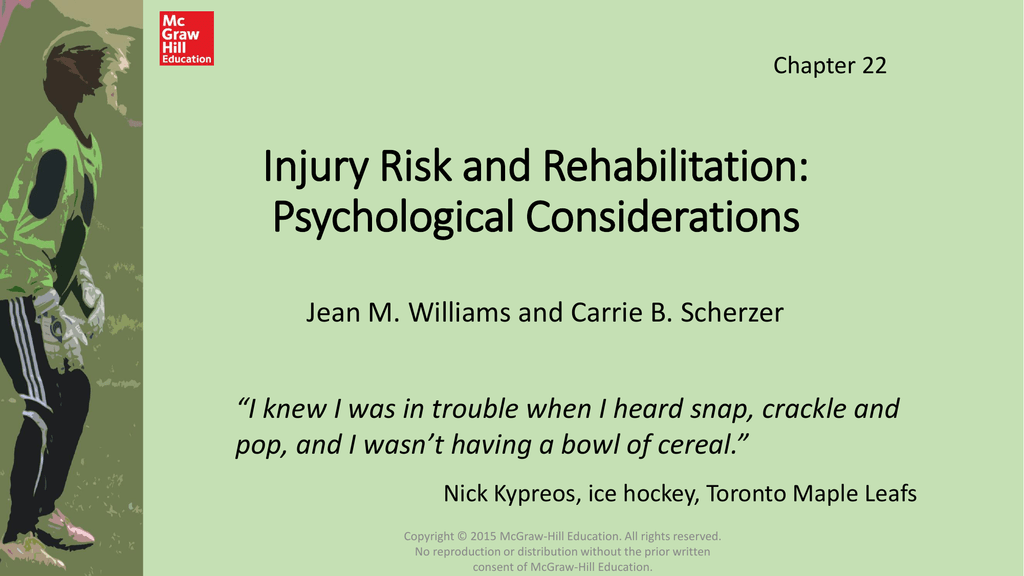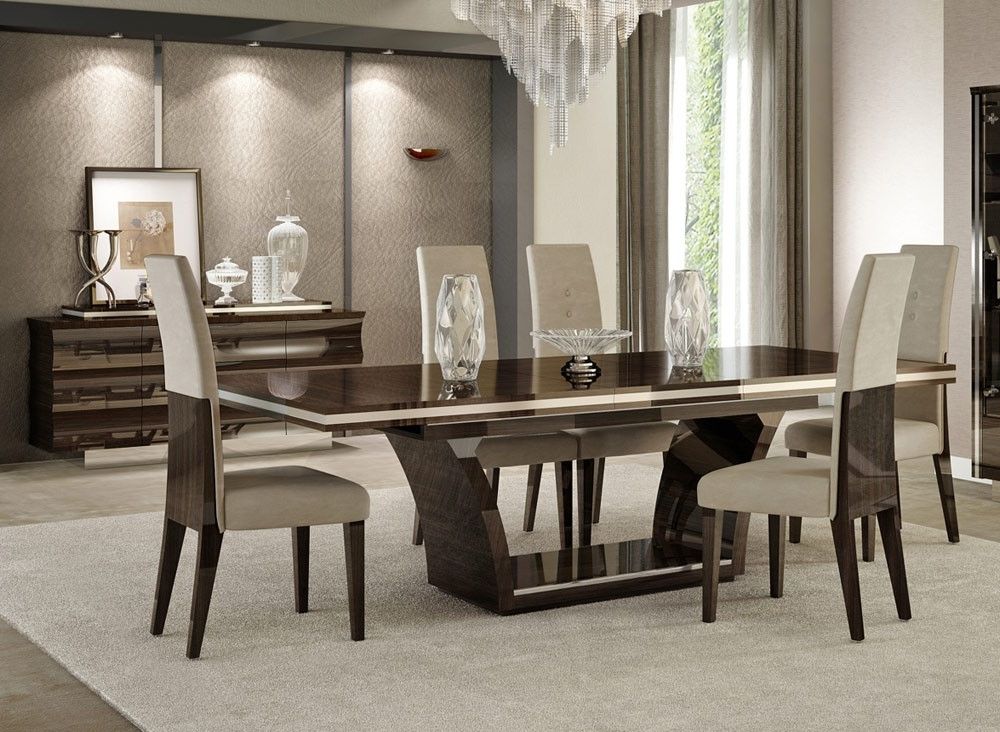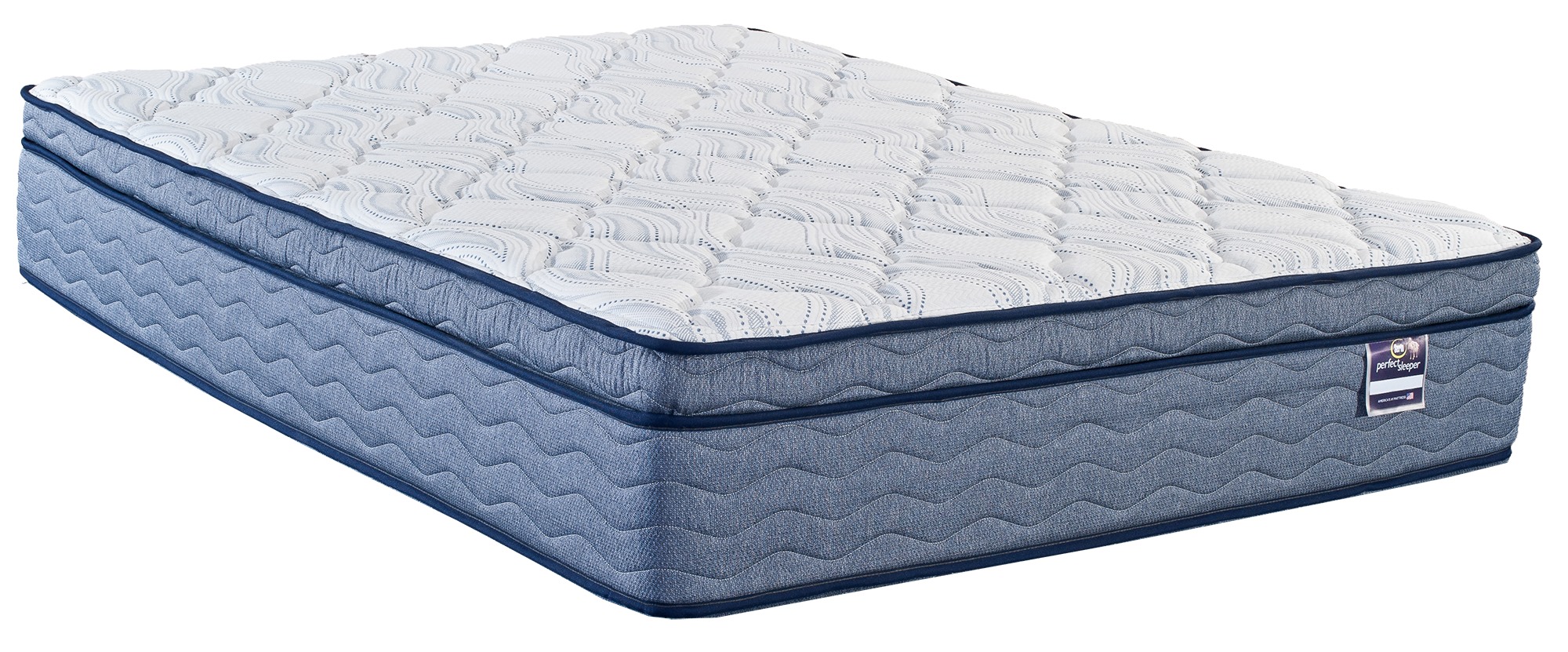The living room is often considered the heart of the home, a space where families gather to relax, watch TV, and spend quality time together. However, this cozy and inviting room can also pose many risks, especially when it comes to fire hazards. According to the National Fire Protection Association, the living room is one of the most common areas for home fires to start. So, it's important to be aware of the potential fire risks and take necessary precautions to keep your living room safe. One of the biggest fire risks in the living room is smoking. Whether it's cigarettes, cigars, or pipes, smoking indoors can be extremely dangerous. Not only does it increase the risk of fire, but it also exposes your family to harmful secondhand smoke. To minimize this risk, it's best to smoke outdoors or in designated smoking areas away from flammable materials. Another common cause of fires in the living room is electrical issues. Overloaded outlets, frayed cords, and faulty wiring can all lead to electrical fires. It's important to regularly check your electrical appliances and cords for any signs of damage and replace them if needed. Also, avoid using extension cords as they can increase the risk of fire. Fire Risk in Living Room
As mentioned before, electrical issues can be a major risk in the living room. However, there are other specific electrical risks that are worth mentioning. One of them is space heaters. While they may provide warmth and comfort during the colder months, space heaters can also be a fire hazard if not used properly. Keep them at least three feet away from flammable materials and never leave them unattended. Another risk to be aware of is overloaded outlets. Plugging in too many appliances or devices into one outlet can lead to overheating and cause a fire. Make sure to distribute your appliances to different outlets and avoid using power strips, especially for high-wattage devices such as heaters and air conditioners. Finally, it's important to regularly check your smoke detectors. These devices are your first line of defense in case of a fire, so make sure they are in good working condition. Test them at least once a month and replace the batteries every six months. Also, consider installing a carbon monoxide detector in your living room to detect any potential leaks from gas appliances. Electrical Risk in Living Room
Slip and fall accidents are one of the leading causes of injuries in the home, and the living room is no exception. With various furniture, rugs, and cords, it's easy to trip and fall in this room. To minimize this risk, make sure to keep the living room floor clutter-free and secure any loose rugs or cords. Also, choose furniture with non-slip pads to prevent them from sliding and causing accidents. Another risk to be aware of is wet or slippery floors. Spills happen, especially in the living room where drinks and snacks are often consumed. Make sure to clean up spills immediately to prevent anyone from slipping and falling. It's also a good idea to use non-slip mats or rugs in areas where spills are more likely to occur, such as in front of the couch or coffee table. Slip and Fall Risk in Living Room
It's not something we often think about, but furniture tip-over accidents can happen, especially in the living room where there are many heavy and tall pieces of furniture. This is especially dangerous for young children who can easily climb and pull on furniture, causing it to tip over. To prevent this, secure your furniture to the wall using brackets or anchors, and avoid placing heavy items on top of tall furniture. Another way to minimize this risk is by choosing safer furniture designs. Furniture with wide bases and sturdy legs are less likely to tip over compared to tall and narrow pieces. You can also opt for furniture with built-in anti-tip features for added safety. Furniture Tip-Over Risk in Living Room
The living room is a place for relaxation and entertainment, but it can also be a dangerous place for young children if proper precautions are not taken. One of the biggest risks for young children is choking hazards. Small objects such as coins, buttons, or even toys can be easily swallowed and cause choking. Keep these items out of reach and regularly check for any small objects that may have fallen on the floor. Another risk to be aware of is balloons. While they may be a popular decoration for parties and special occasions, deflated or burst balloons can be a choking hazard for young children. Make sure to properly dispose of any broken balloons and supervise children when playing with balloons to prevent any accidents. Choking Hazard Risk in Living Room
Carbon monoxide (CO) is a colorless, odorless gas that can be extremely dangerous if inhaled in high levels. It's often called the "silent killer" because it's hard to detect without a CO detector. The living room is a common area for CO leaks, especially if you have gas appliances such as a fireplace or stove. To minimize this risk, make sure to regularly check your appliances for any leaks and install a CO detector in your living room. Another way to reduce the risk of CO poisoning is by proper ventilation. Make sure to open windows or turn on fans when using gas appliances to allow fresh air to circulate and prevent CO build-up. It's also important to have your gas appliances regularly inspected and serviced by a professional to ensure they are in good working condition. Carbon Monoxide Risk in Living Room
The living room may seem like a safe and harmless space, but there are potential poisoning risks that you may not be aware of. One of them is household cleaners. Many common household cleaners contain harmful chemicals that can be dangerous if ingested. Make sure to keep them out of reach of children and pets, and always use them in a well-ventilated area. Another potential risk is medications. The living room is often a place where people relax and take their medications, but leaving them out on the coffee table or side table can be dangerous for curious children or pets. Make sure to properly store medications in a locked cabinet or out of reach of children and pets. Poisoning Risk in Living Room
The living room is a space where we spend a lot of time, so it's important to make sure it's a safe and comfortable environment for everyone. However, many allergens can be found in this room, causing discomfort and health issues for people with allergies. One of the biggest allergens in the living room is dust. Regularly dusting and vacuuming can help reduce dust and prevent allergies. Consider using a vacuum with a HEPA filter to effectively trap dust and other allergens. Another potential allergen is pet dander. If you have pets, make sure to regularly groom them and keep them off furniture or rugs to minimize the spread of dander. You may also want to consider using an air purifier with a HEPA filter to further reduce pet dander in your living room. Allergy Risk in Living Room
Mold is a type of fungus that can grow in damp and humid environments, and the living room can be a perfect breeding ground for mold if not properly maintained. This can be a serious health hazard, especially for people with respiratory issues. To prevent mold growth in your living room, make sure to properly ventilate the room and address any leaks or moisture issues immediately. Regularly clean and dry any wet or damp areas, and consider using a dehumidifier if needed. Another way to minimize the risk of mold is by regularly cleaning your furniture. Dust and other debris can accumulate on your furniture, providing the perfect environment for mold to grow. Make sure to vacuum and wipe down your furniture regularly to prevent mold growth. You can also use a mold-resistant furniture polish to protect your furniture from mold. Mold Risk in Living Room
Last but not least, the living room can pose various injury risks if proper precautions are not taken. One of the most common causes of injuries in the living room is poor lighting. Make sure to have sufficient lighting in the room, especially in areas where there is a higher risk of accidents, such as near the stairs or in front of furniture. Another potential risk is sharp edges. Furniture with sharp corners or edges can be dangerous, especially for young children. Consider using corner guards or choosing furniture with rounded edges to minimize this risk. It's also a good idea to regularly check and repair any furniture with loose or broken edges. In conclusion, the living room may seem like a safe and cozy space, but it's important to be aware of the potential risks and take necessary precautions to keep your family safe. Regularly check for potential hazards and make sure to address them immediately to create a safe and comfortable living room for everyone to enjoy. Injury Risk in Living Room
The Hidden Risk in Your Living Room
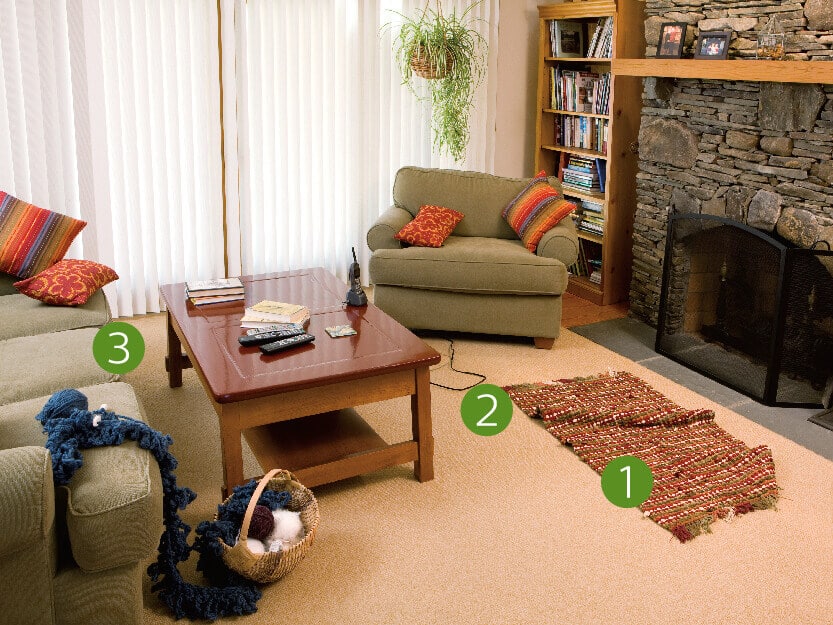
Protecting Your Family from Potential Hazards
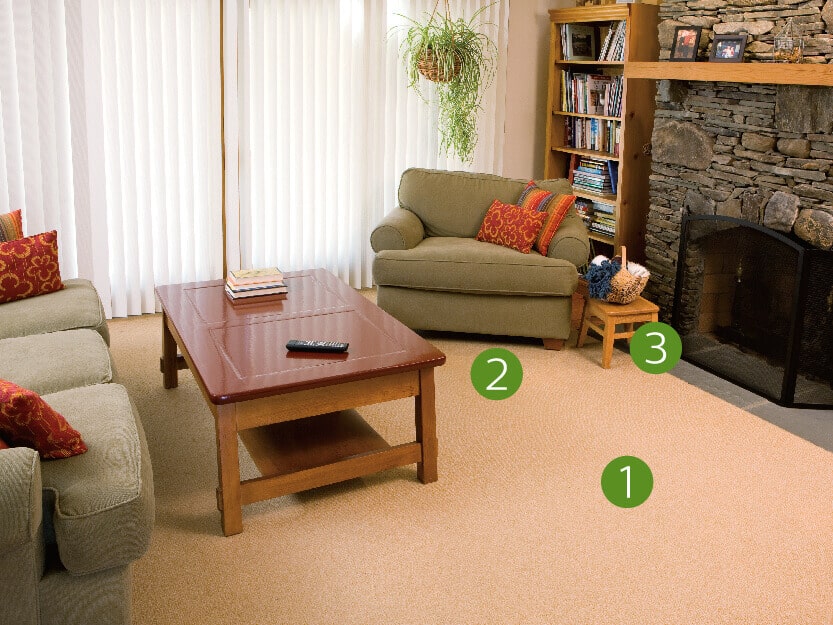 When it comes to designing the perfect living room, we often focus on creating a space that is aesthetically pleasing and comfortable. However, what many homeowners don't realize is that the living room can also be a potential source of risks and hazards. From electrical and fire hazards to toxic chemicals and hidden dangers, the living room can pose a threat to the safety of your family if not properly addressed. In this article, we will explore
the hidden risk in your living room
and provide tips on how to keep your loved ones safe.
When it comes to designing the perfect living room, we often focus on creating a space that is aesthetically pleasing and comfortable. However, what many homeowners don't realize is that the living room can also be a potential source of risks and hazards. From electrical and fire hazards to toxic chemicals and hidden dangers, the living room can pose a threat to the safety of your family if not properly addressed. In this article, we will explore
the hidden risk in your living room
and provide tips on how to keep your loved ones safe.
Electrical and Fire Hazards
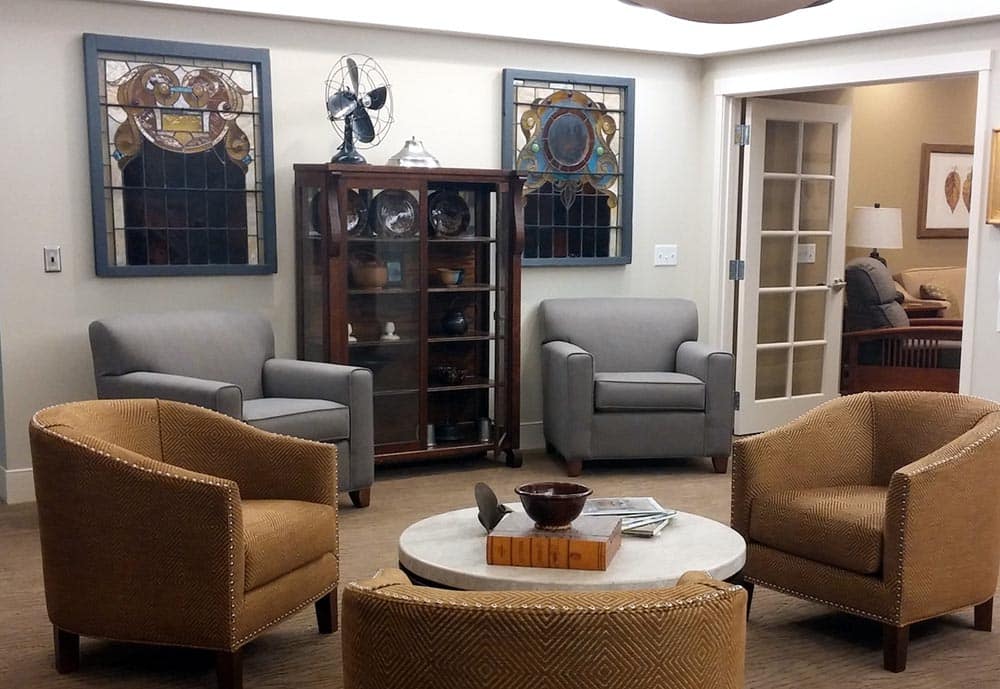 One of the most common risks in the living room is
electrical and fire hazards
. With so many electronic devices and appliances plugged in, it's important to ensure that your wiring is up to code and not overloaded. Frayed cords, overloaded outlets, and faulty wiring can all lead to electrical fires. In addition, placing flammable objects such as curtains or furniture too close to heat sources like fireplaces or heaters can also increase the risk of fire. To minimize these hazards, it is important to have a professional electrician inspect your living room and make any necessary updates or repairs.
One of the most common risks in the living room is
electrical and fire hazards
. With so many electronic devices and appliances plugged in, it's important to ensure that your wiring is up to code and not overloaded. Frayed cords, overloaded outlets, and faulty wiring can all lead to electrical fires. In addition, placing flammable objects such as curtains or furniture too close to heat sources like fireplaces or heaters can also increase the risk of fire. To minimize these hazards, it is important to have a professional electrician inspect your living room and make any necessary updates or repairs.
Toxic Chemicals and Hidden Dangers
 Many homeowners are unaware of the potential
toxic chemicals and hidden dangers
lurking in their living room. From cleaning products to furniture and flooring materials, there may be harmful chemicals present in your home. These can release toxic fumes into the air, leading to health issues for your family. In addition, hidden dangers such as loose carpets, unstable furniture, and sharp corners can pose a risk, especially for young children. It is important to carefully choose and properly store household products, as well as regularly inspect and secure furniture to prevent accidents.
Many homeowners are unaware of the potential
toxic chemicals and hidden dangers
lurking in their living room. From cleaning products to furniture and flooring materials, there may be harmful chemicals present in your home. These can release toxic fumes into the air, leading to health issues for your family. In addition, hidden dangers such as loose carpets, unstable furniture, and sharp corners can pose a risk, especially for young children. It is important to carefully choose and properly store household products, as well as regularly inspect and secure furniture to prevent accidents.
How to Keep Your Family Safe
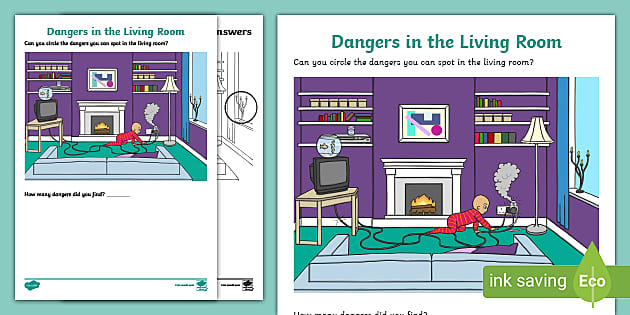 The good news is that there are steps you can take to minimize the risk in your living room and keep your family safe. First and foremost, regular maintenance and inspections of your electrical and heating systems can help prevent hazards. It is also important to choose non-toxic and eco-friendly products for your home, such as natural cleaning solutions and furniture made from sustainable materials. Additionally, childproofing your living room and teaching your family about fire safety can greatly reduce the risk of accidents.
In conclusion, while the living room may seem like a safe and cozy space, it is important to be aware of
the hidden risk in your living room
. By taking the necessary precautions and being proactive in maintaining a safe environment, you can ensure the well-being of your family and enjoy your living room with peace of mind.
The good news is that there are steps you can take to minimize the risk in your living room and keep your family safe. First and foremost, regular maintenance and inspections of your electrical and heating systems can help prevent hazards. It is also important to choose non-toxic and eco-friendly products for your home, such as natural cleaning solutions and furniture made from sustainable materials. Additionally, childproofing your living room and teaching your family about fire safety can greatly reduce the risk of accidents.
In conclusion, while the living room may seem like a safe and cozy space, it is important to be aware of
the hidden risk in your living room
. By taking the necessary precautions and being proactive in maintaining a safe environment, you can ensure the well-being of your family and enjoy your living room with peace of mind.





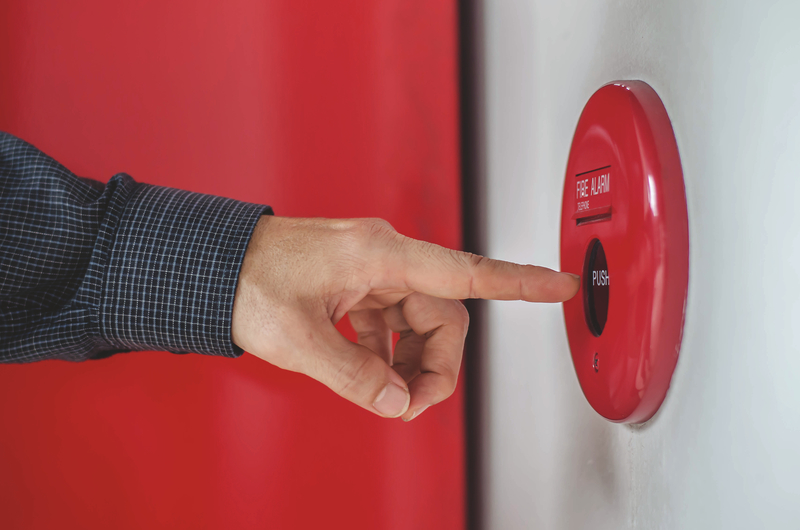



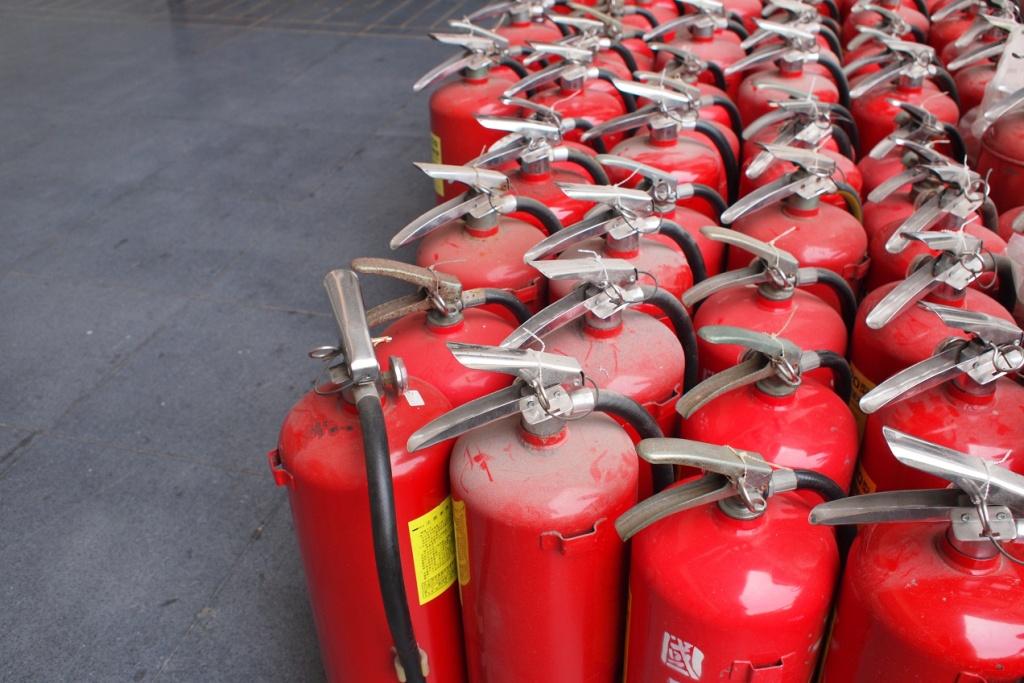



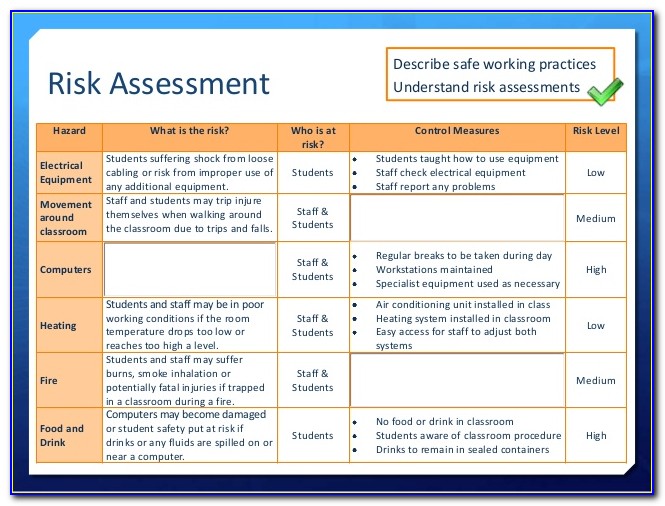

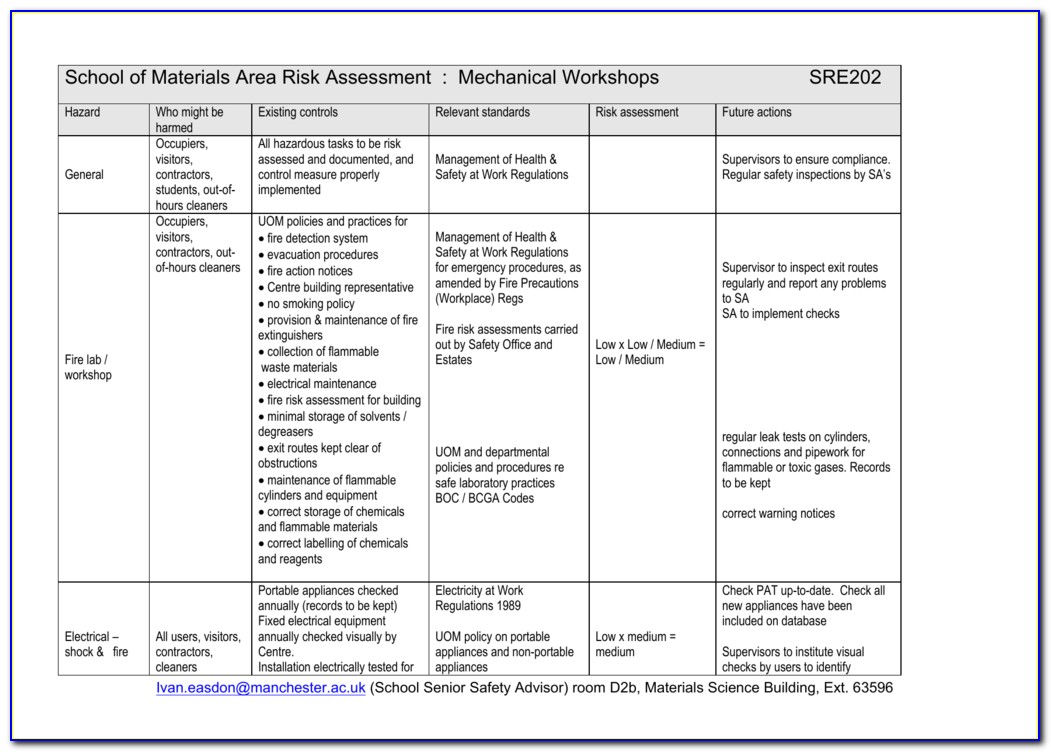



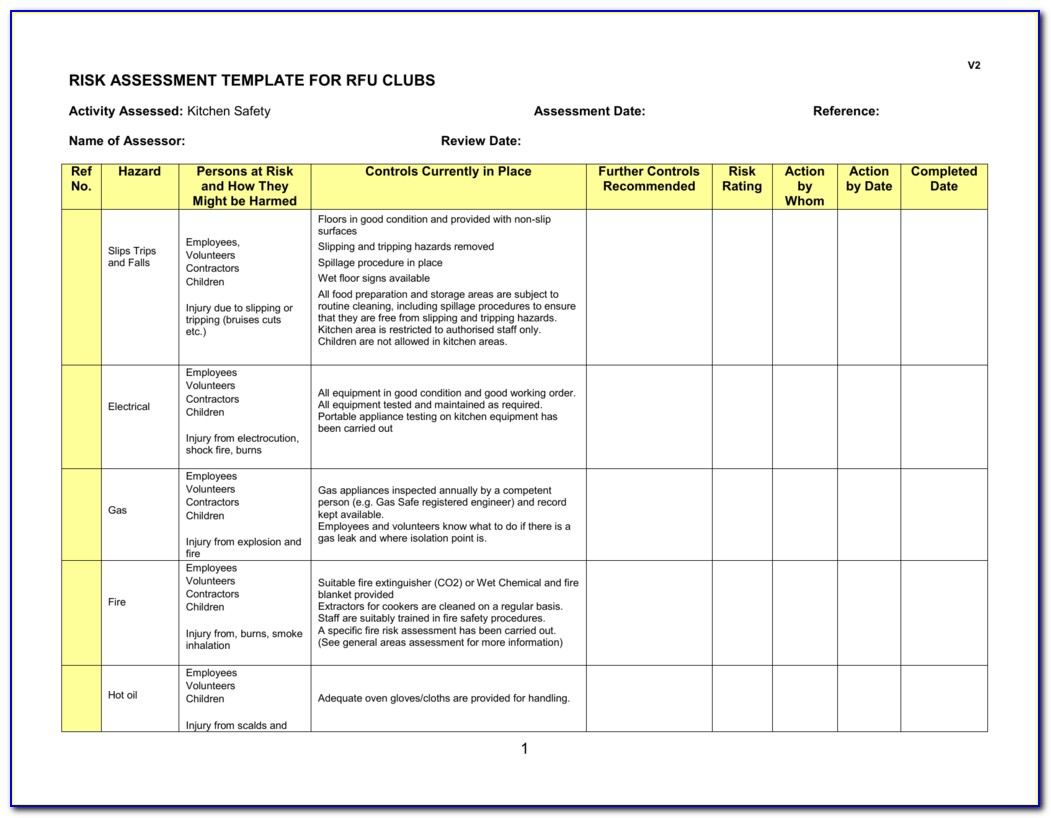
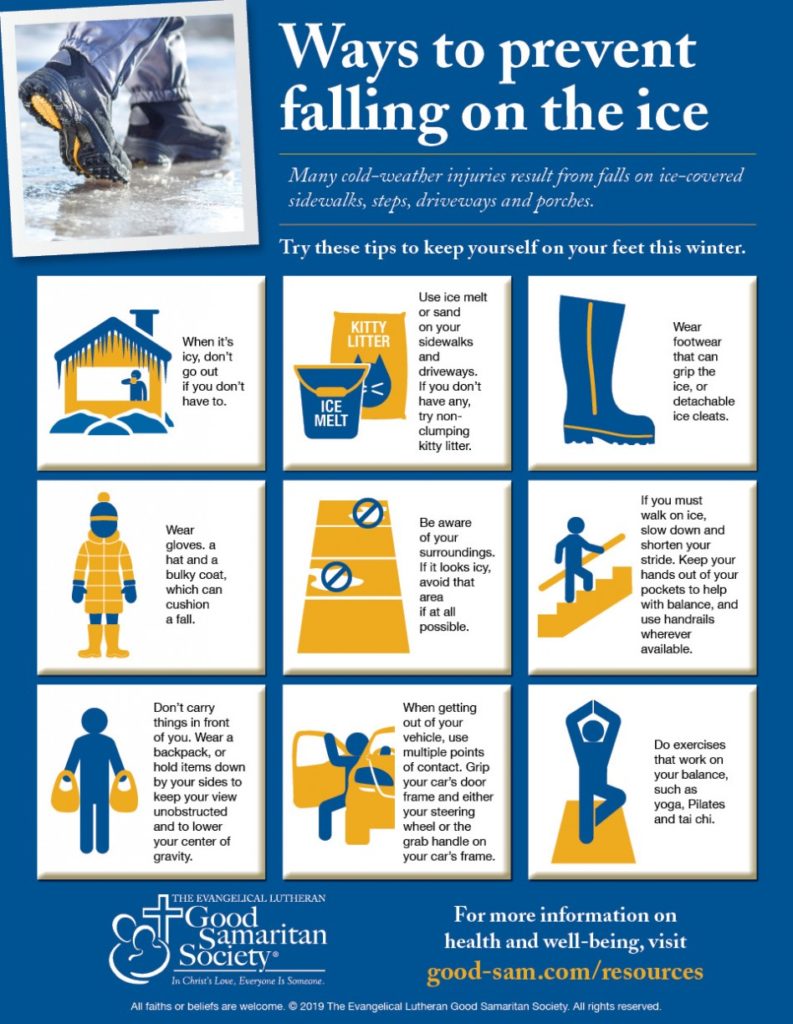
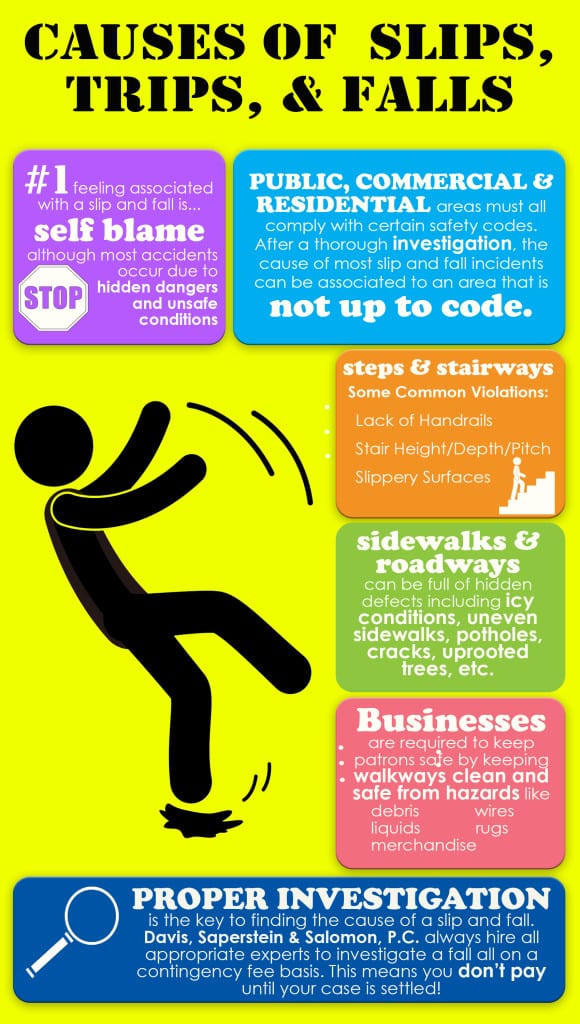

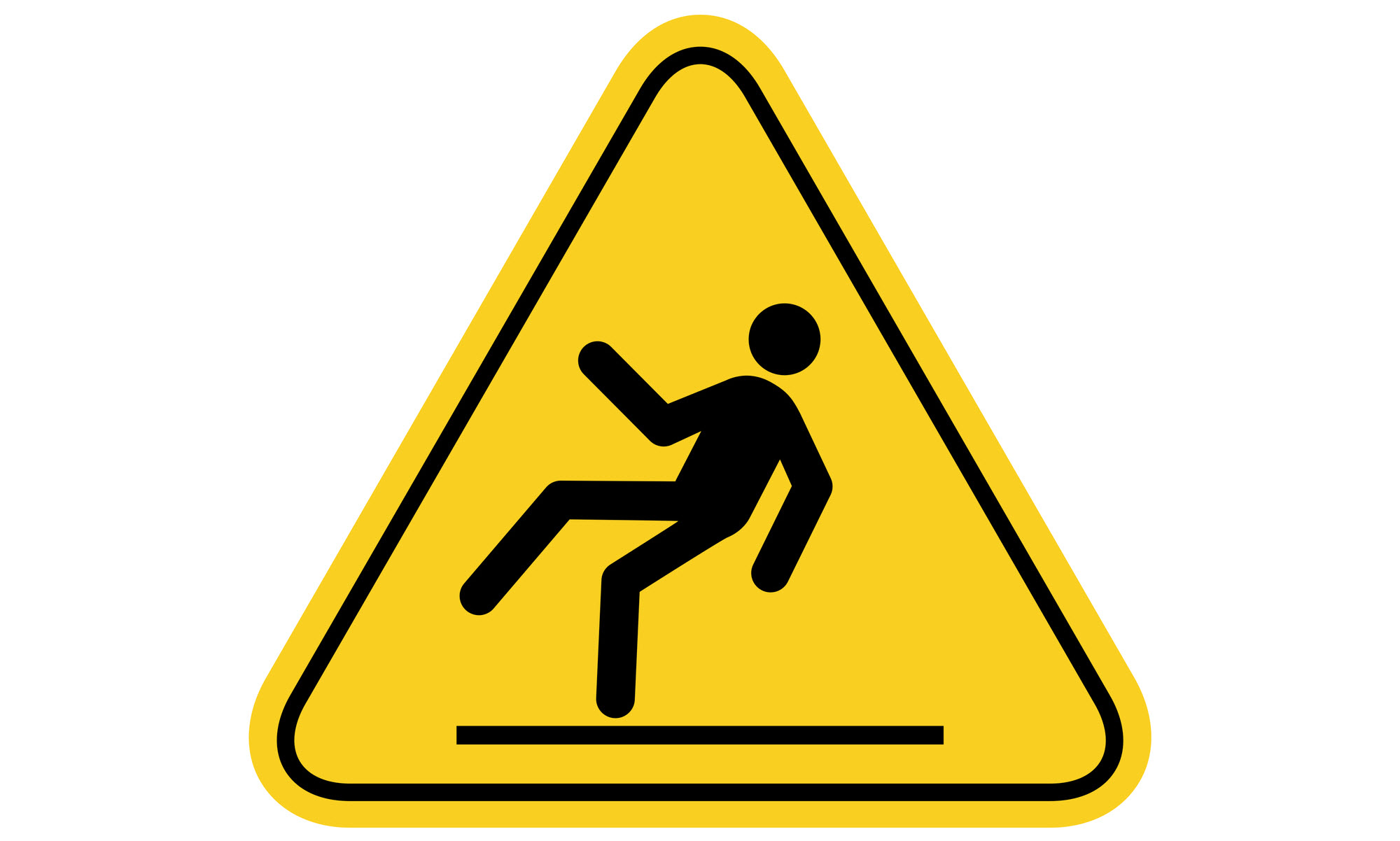

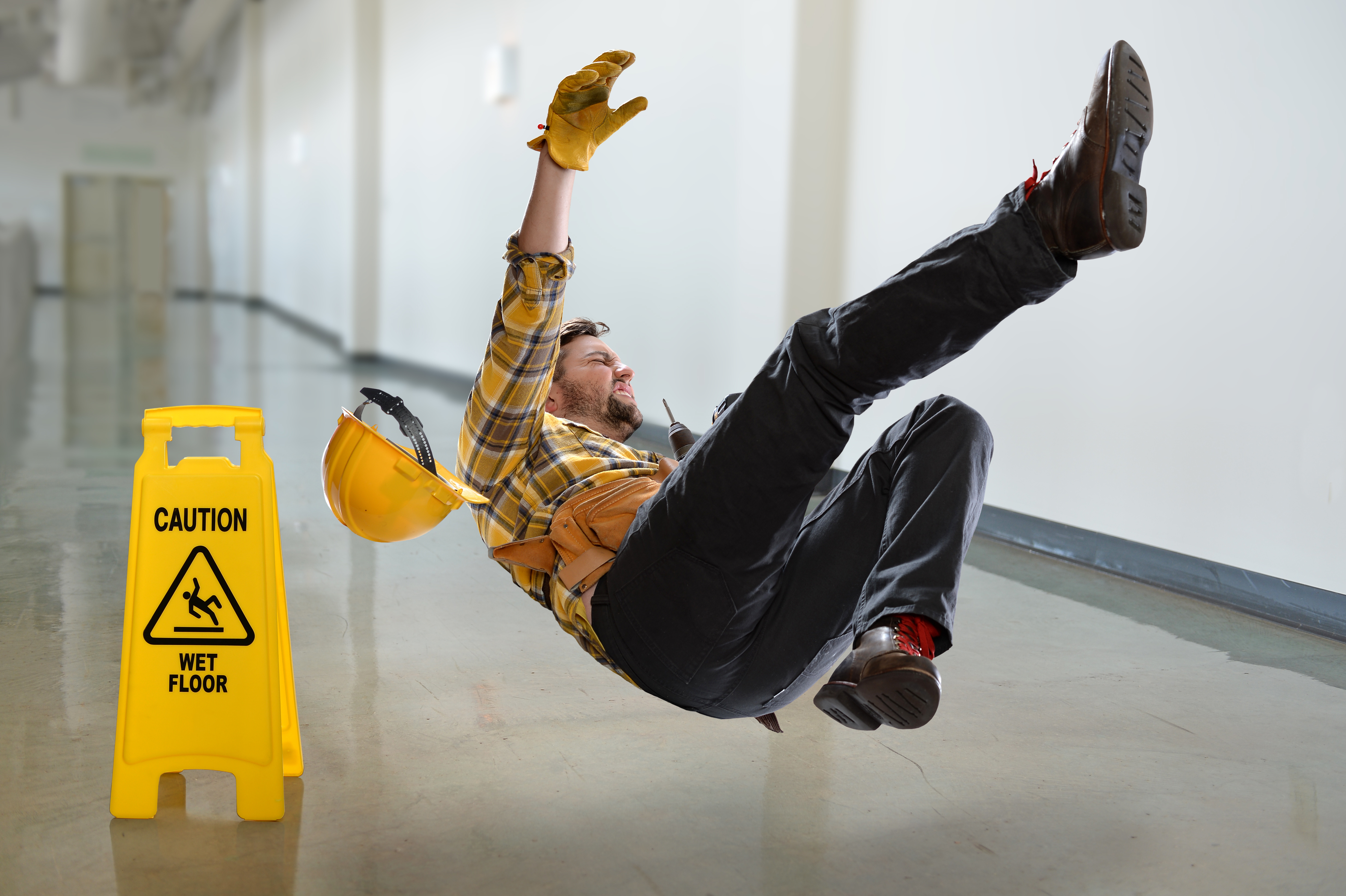
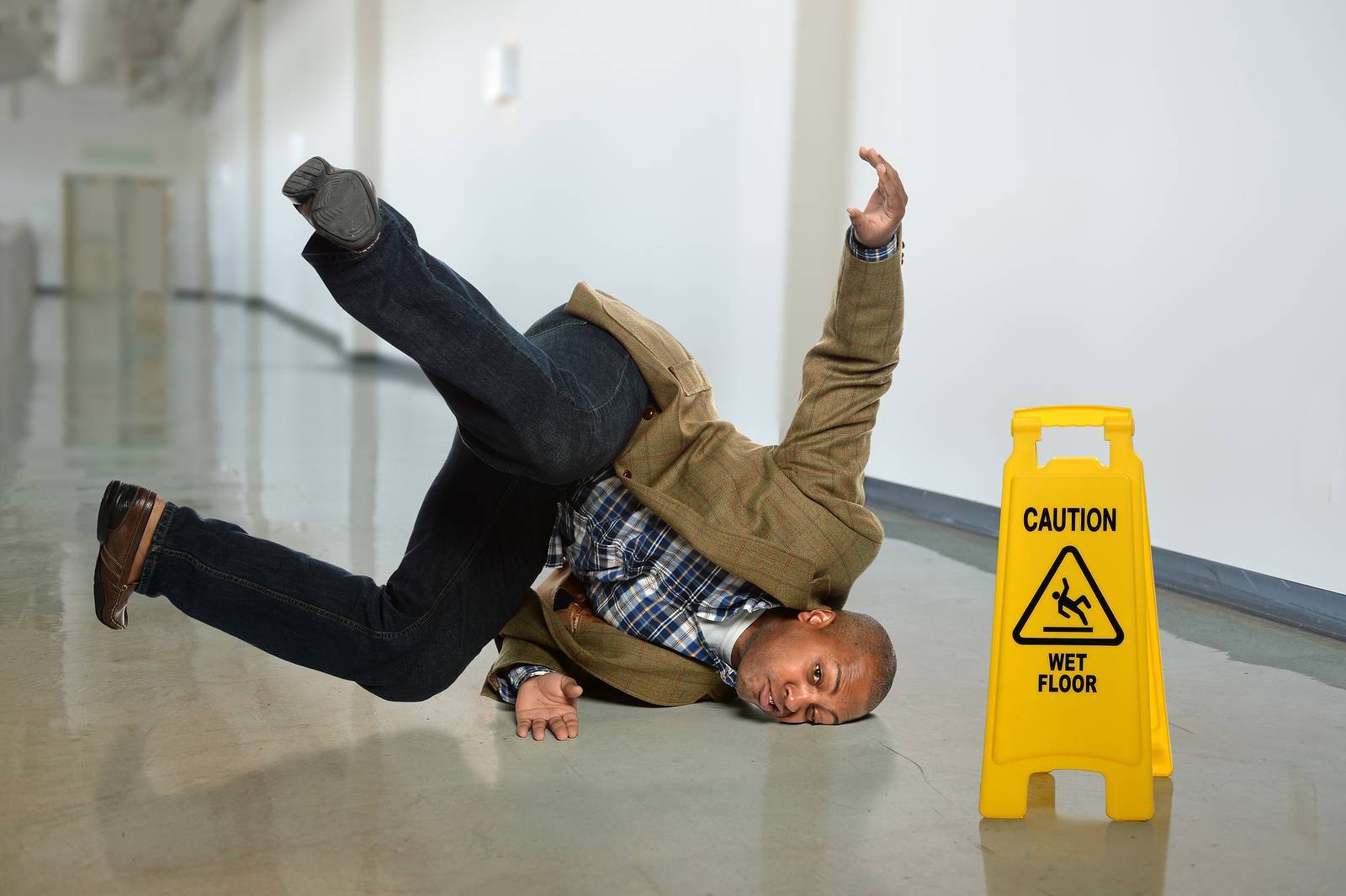
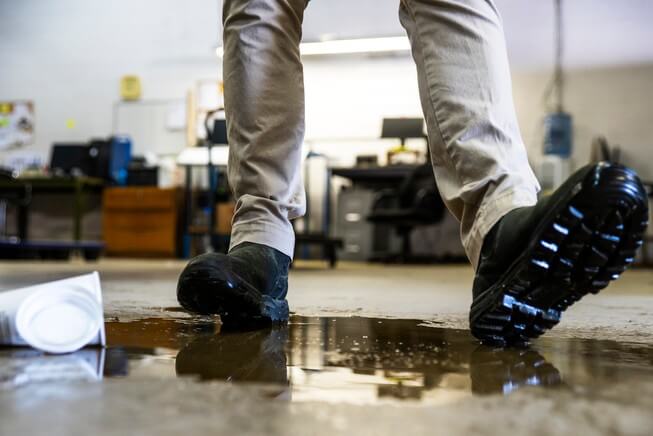
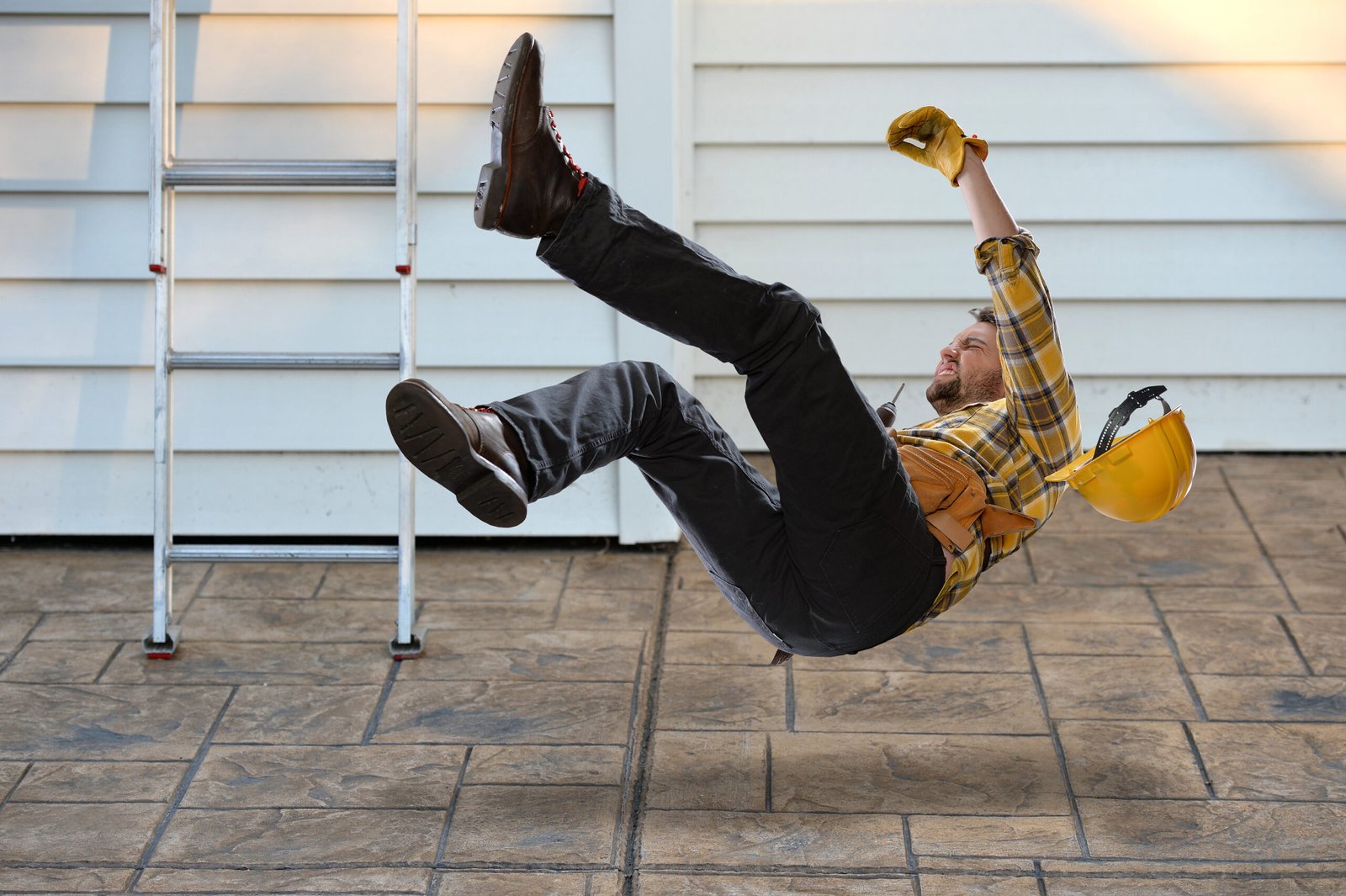





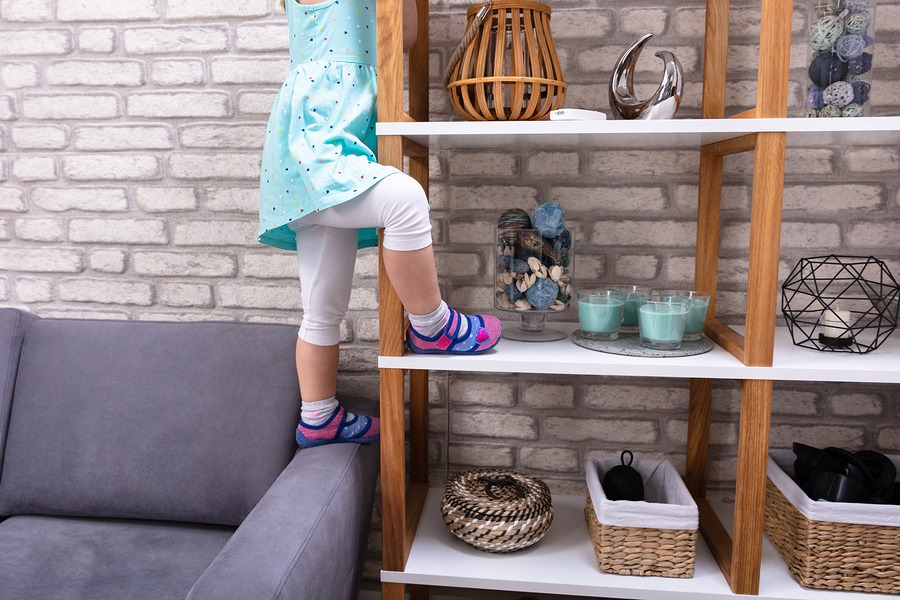

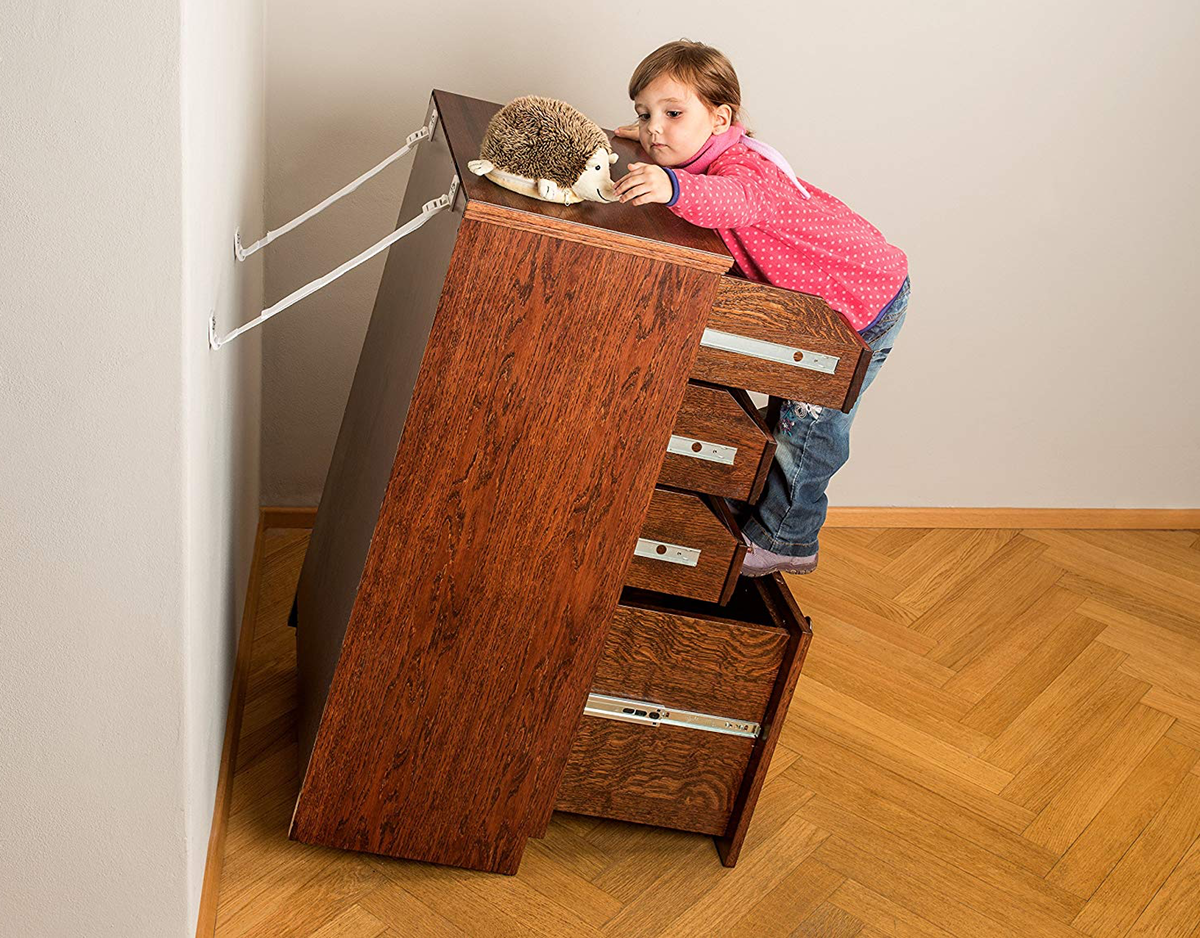




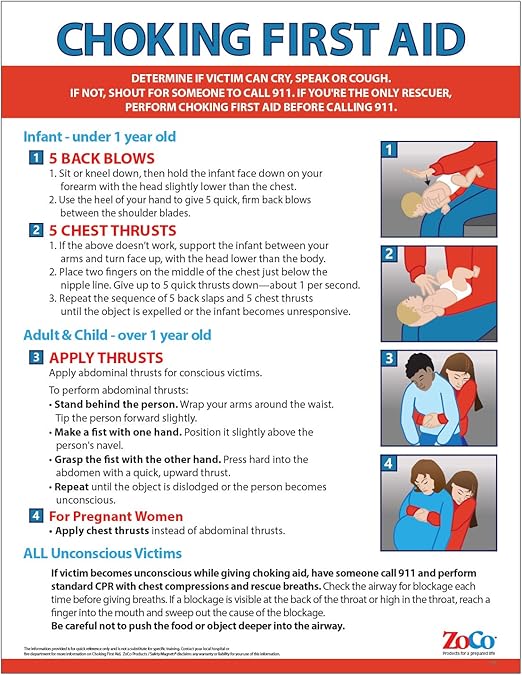


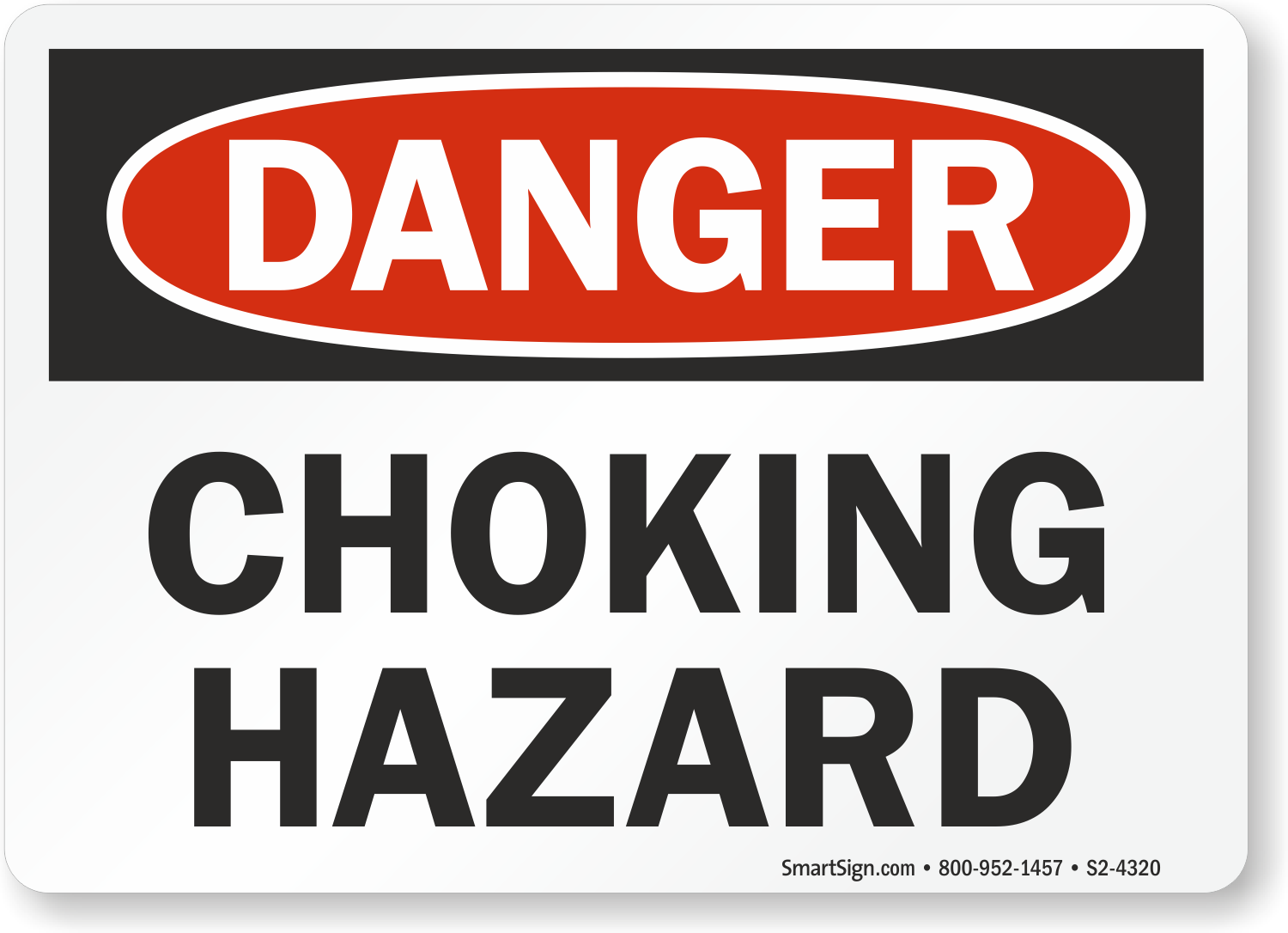

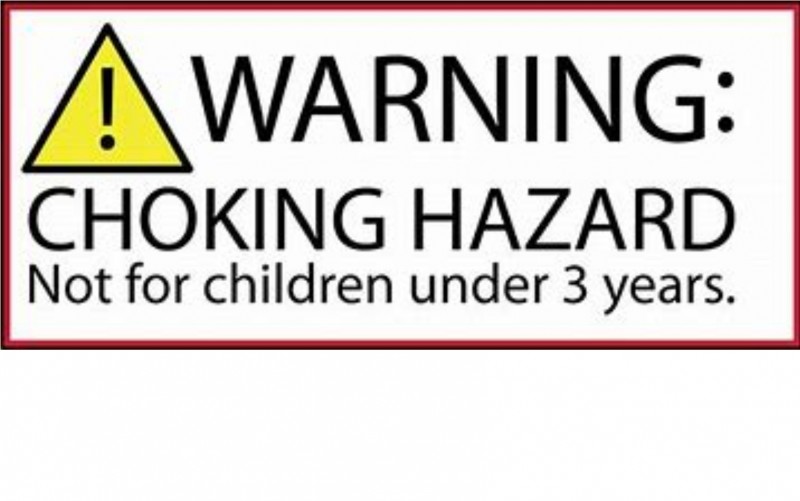
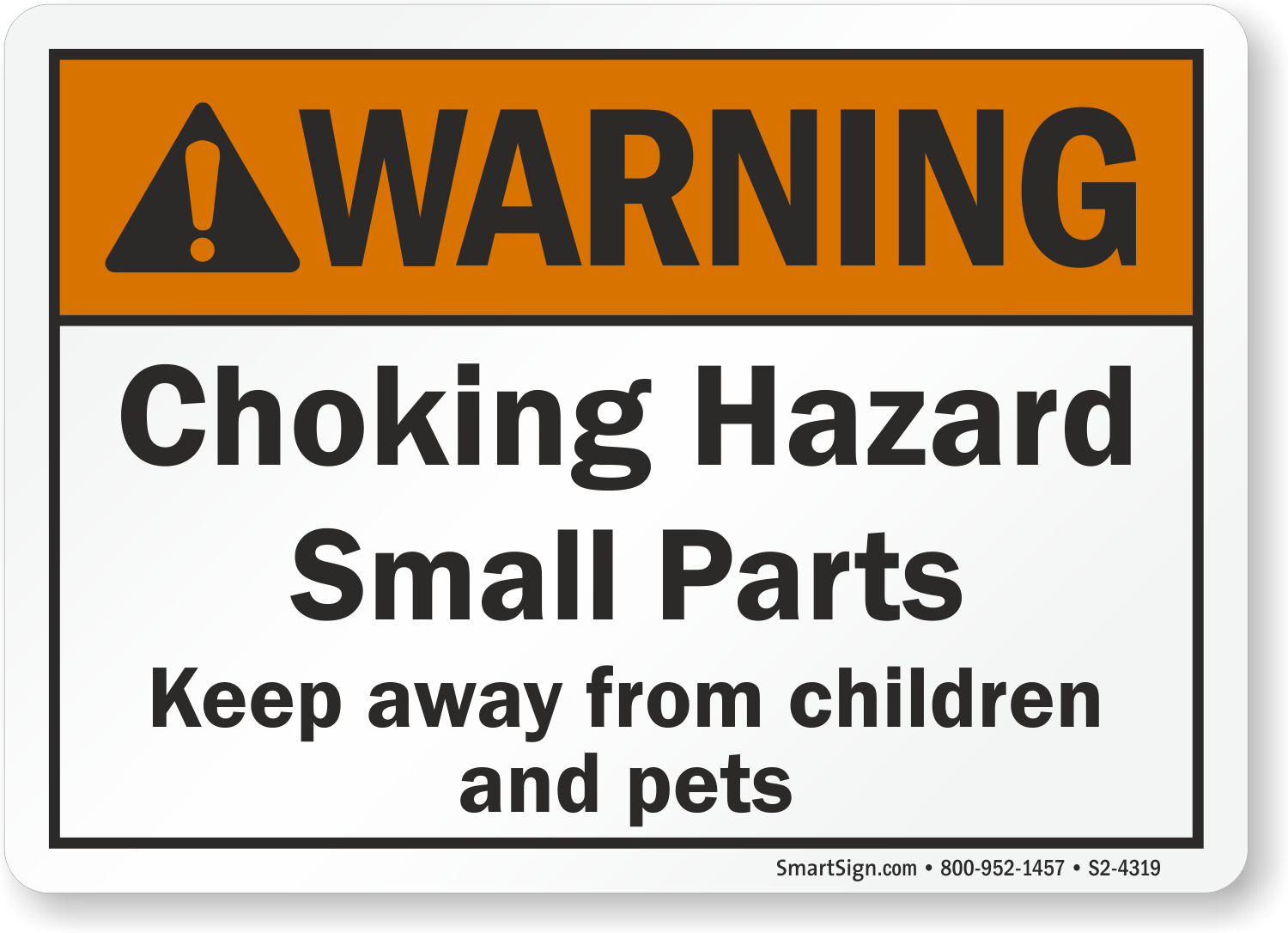





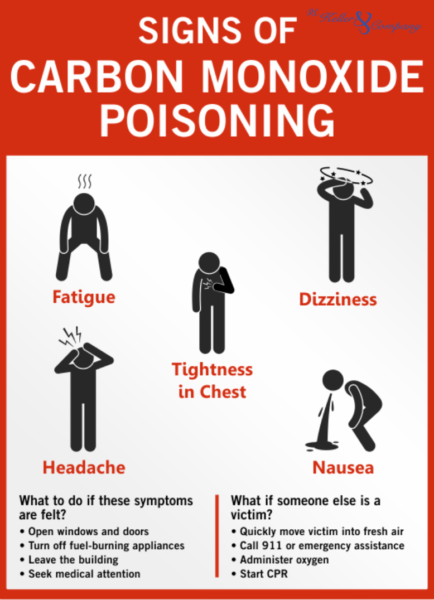
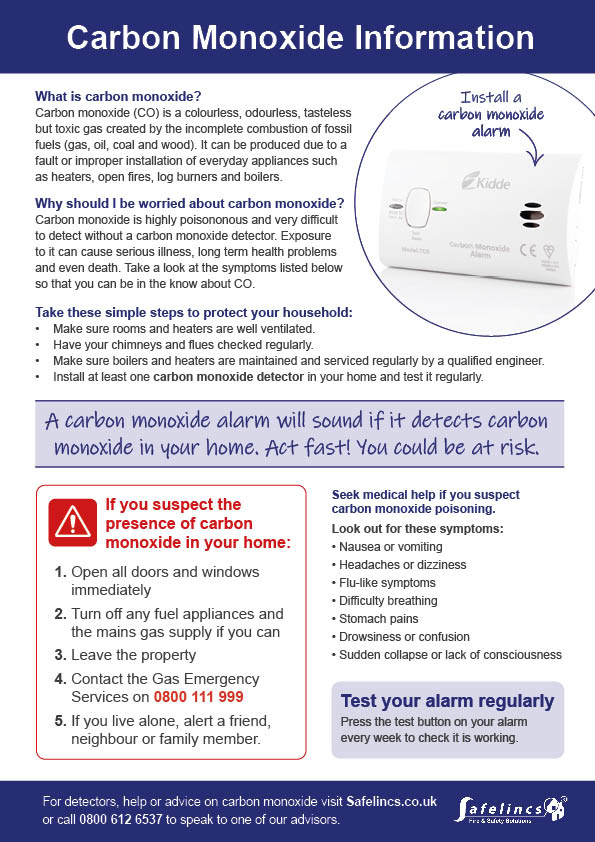
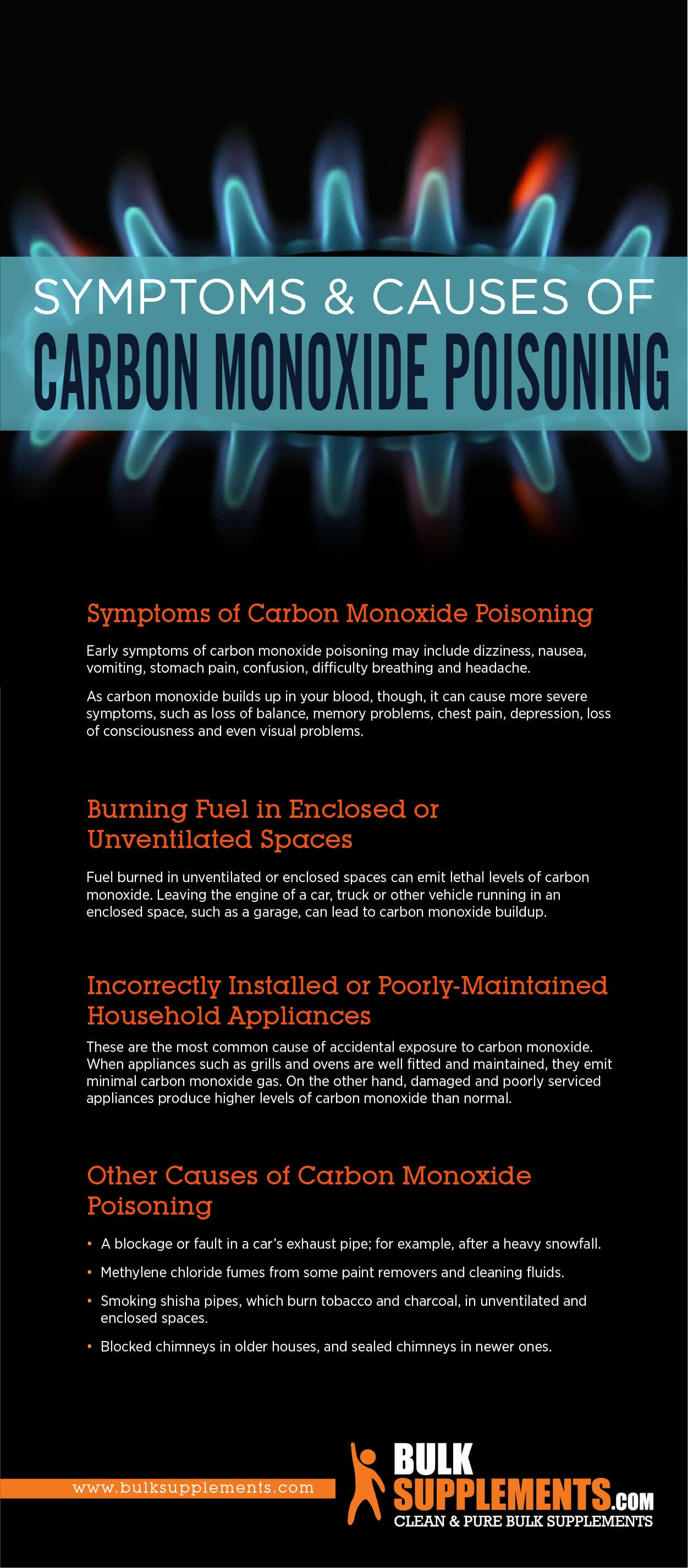

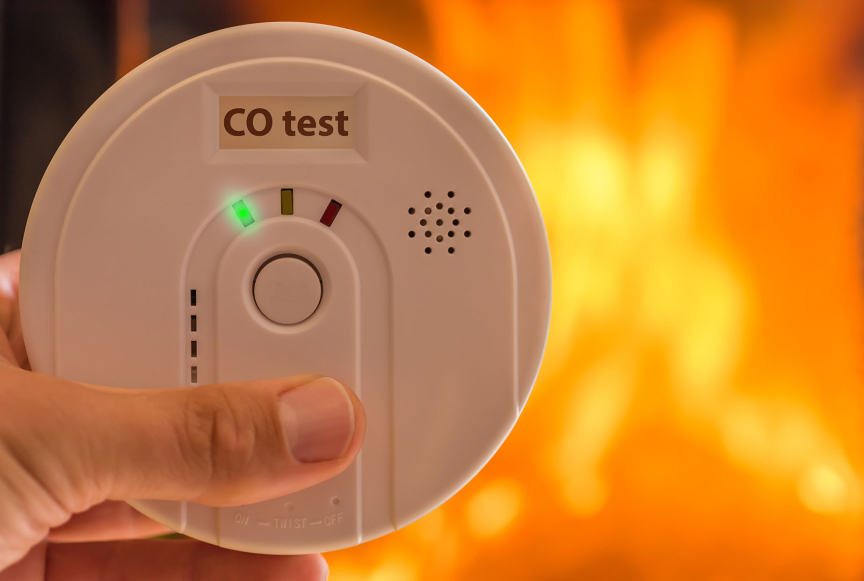



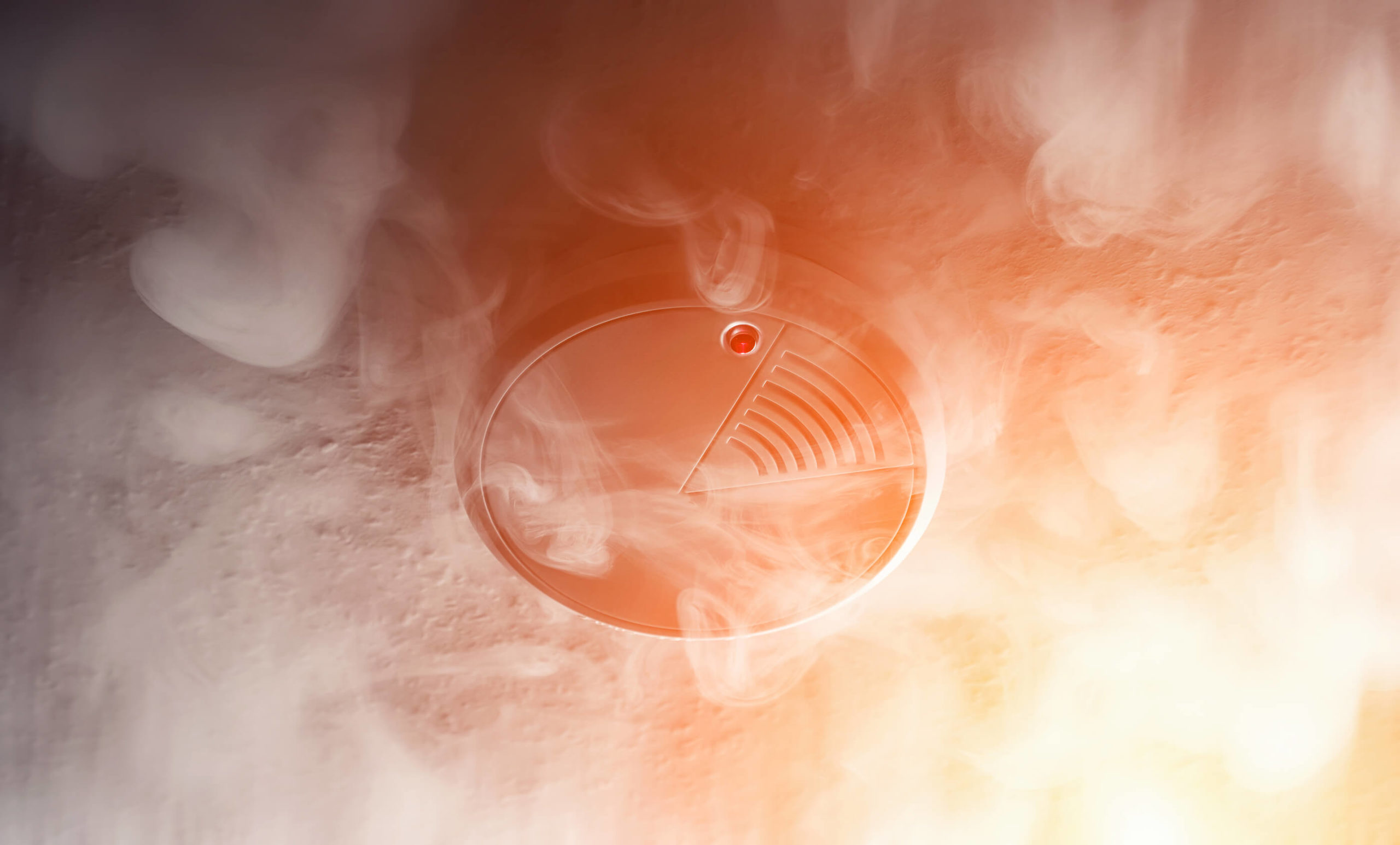

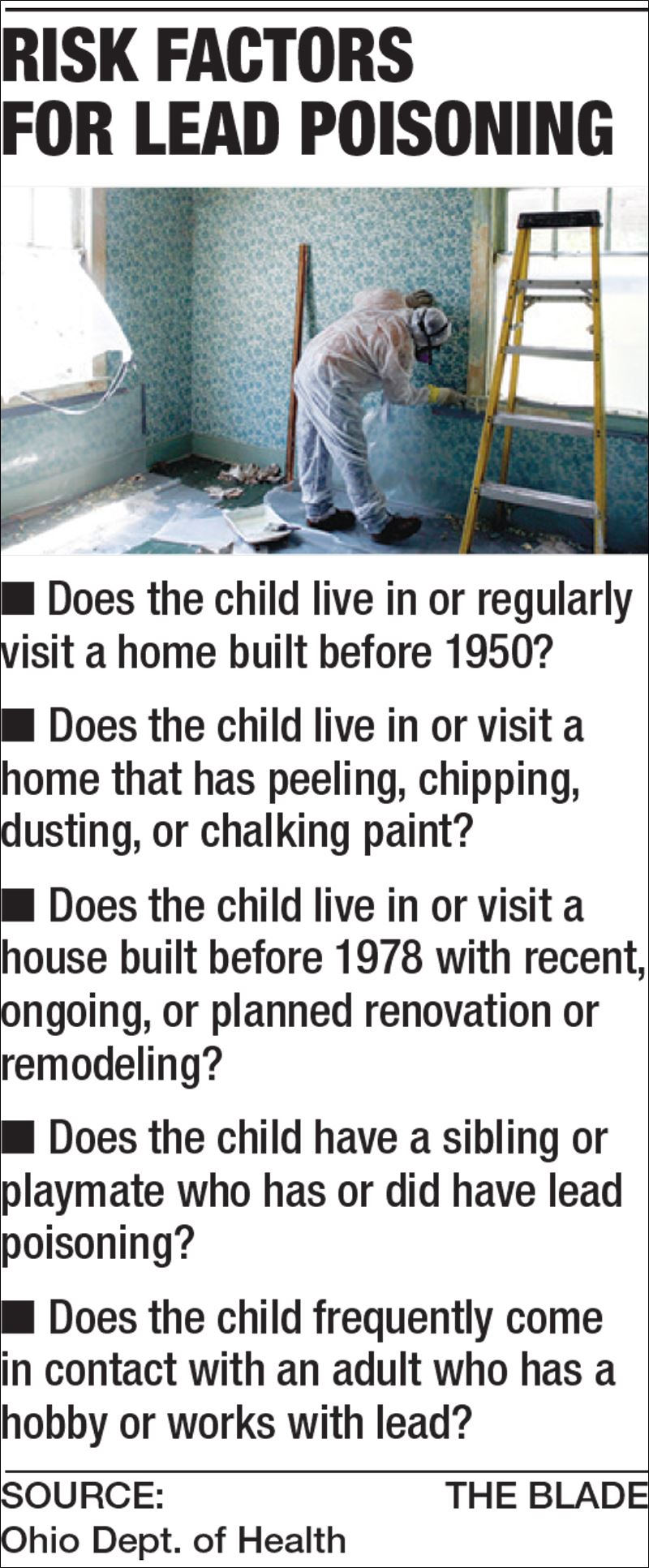


:max_bytes(150000):strip_icc()/understanding-lead-poisoning-4135957_final-dc54450fd2734bca8781159ccd0148c4.png)
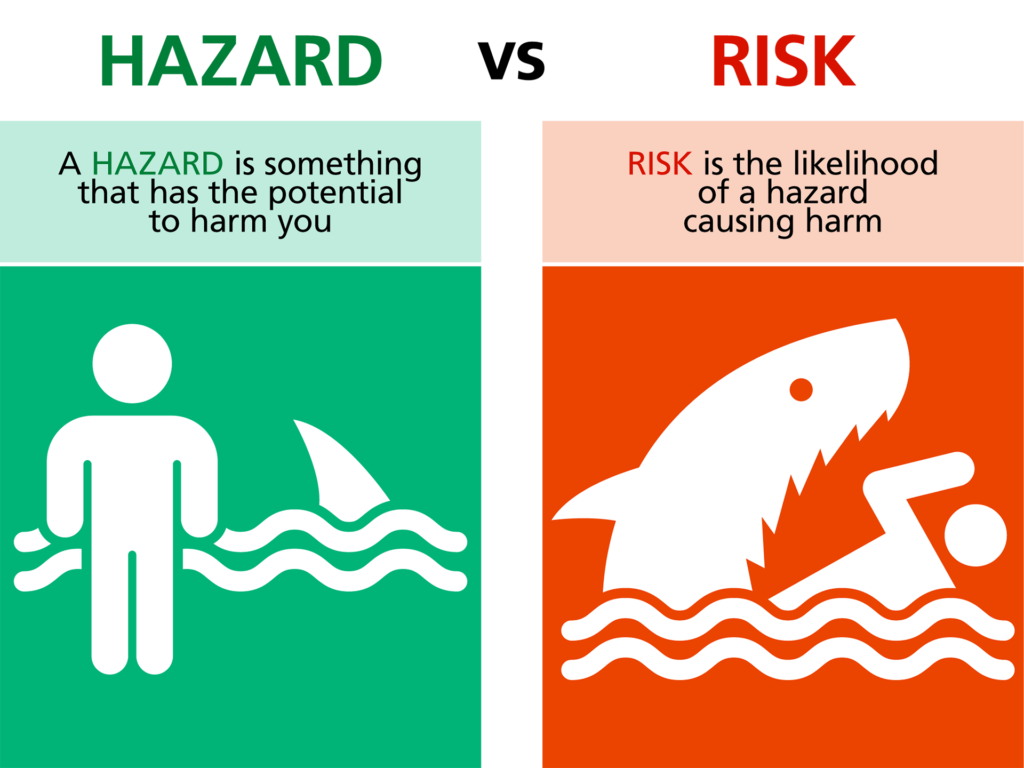




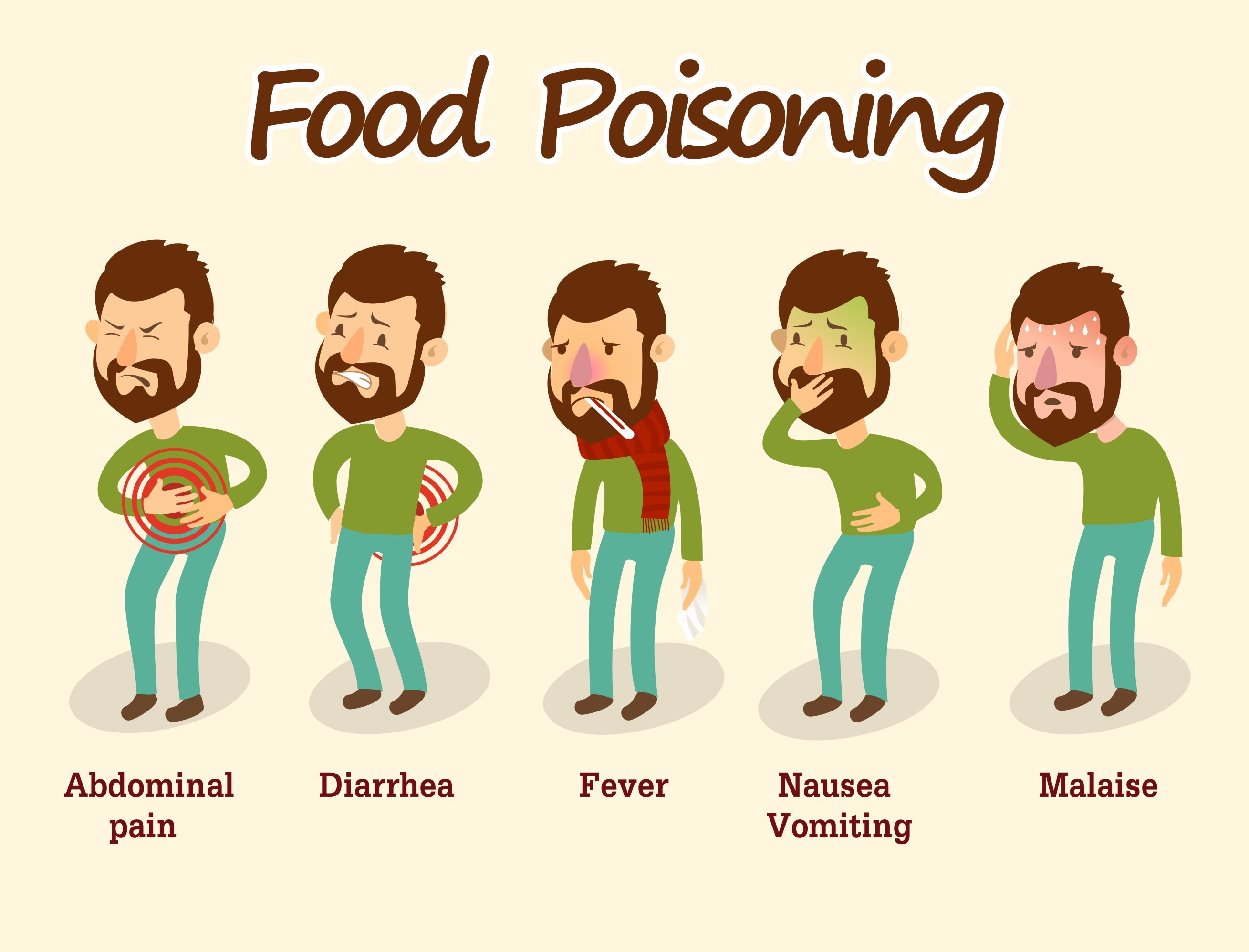





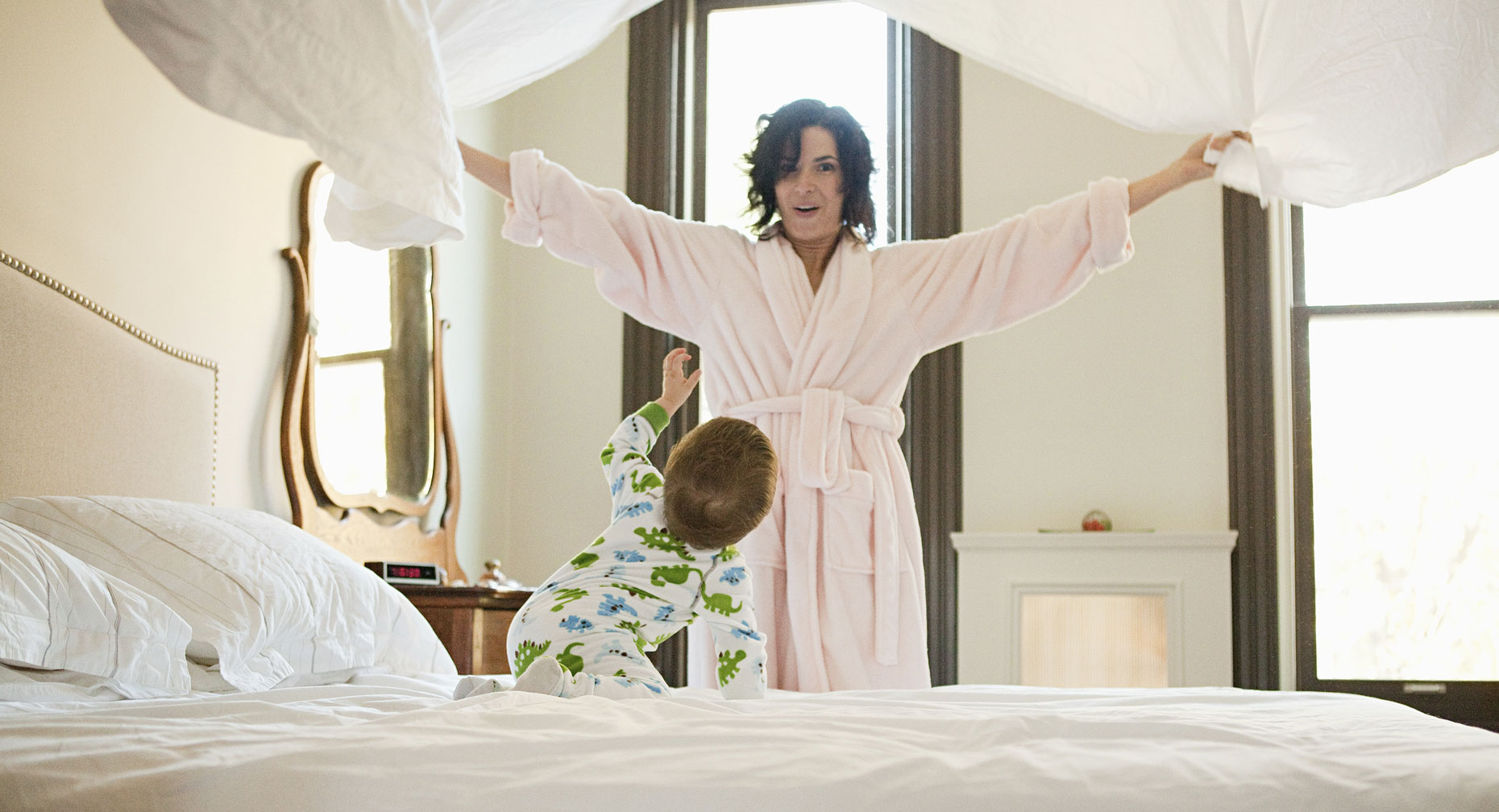








/lip-allergy-114425129-594876605f9b58d58a506408.jpg)


